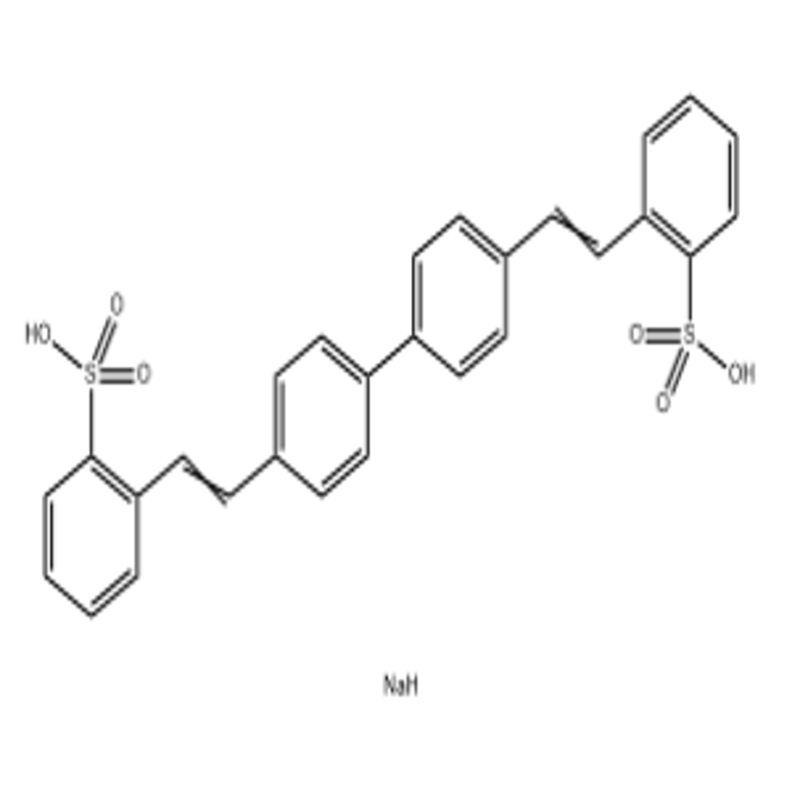-
Categories
-
Pharmaceutical Intermediates
-
Active Pharmaceutical Ingredients
-
Food Additives
- Industrial Coatings
- Agrochemicals
- Dyes and Pigments
- Surfactant
- Flavors and Fragrances
- Chemical Reagents
- Catalyst and Auxiliary
- Natural Products
- Inorganic Chemistry
-
Organic Chemistry
-
Biochemical Engineering
- Analytical Chemistry
- Cosmetic Ingredient
-
Pharmaceutical Intermediates
Promotion
ECHEMI Mall
Wholesale
Weekly Price
Exhibition
News
-
Trade Service
Professor Yan Wensheng's research group at the National Synchrotron Radiation Laboratory of the University of Science and Technology of China collaborated with associate researcher Sun Zhihu to realize the room temperature ferromagnetism of two-dimensional graphene through the precise and controllable doping strategy of magnetic metal atoms.
Related results were published in "Nature-Communication" a few days ago.
Graphene is called a "magic material" with its unique mechanical and electrical properties, and it is a promising material in the next generation of spintronics applications.
How to induce stable room temperature ferromagnetism in graphene is one of the primary problems facing the preparation of graphene-based spintronic devices.
At present, researchers have tried many ways to achieve ferromagnetic order in graphene, but the obtained magnetic moment is often relatively weak and unstable, and ferromagnetic order cannot be maintained at room temperature.
Based on previous experience in magnetic control research, the research group believes that precise and controllable magnetic transition metal doping is an effective solution to this problem.
In order to overcome the huge barrier of embedding transition metal atoms into the graphene lattice, they anchored cobalt atoms in the graphene lattice with the help of co-doped nitrogen atoms, thereby activating room temperature iron in the graphene.
magnetic.
The research group used a two-step impregnation-pyrolysis method to dope cobalt atoms into the graphene lattice with the aid of nitrogen atoms.
The sample has a saturation magnetization of 0.
11emu/g at room temperature and a Curie temperature of 400K.
Through synchrotron radiation soft and hard X-ray spectroscopy techniques and a variety of X-ray spectroscopy analysis methods, the researchers confirmed that the cobalt in the sample is atomically dispersed in the graphene lattice with flat quadrilateral cobalt tetranitride structural units.
In view of the possibility that the magnetism originates from the cobalt-related second phase, the cobalt tetranitride structural unit is the main source of room temperature ferromagnetism.
(Gui Yunan)
Related results were published in "Nature-Communication" a few days ago.
Graphene is called a "magic material" with its unique mechanical and electrical properties, and it is a promising material in the next generation of spintronics applications.
How to induce stable room temperature ferromagnetism in graphene is one of the primary problems facing the preparation of graphene-based spintronic devices.
At present, researchers have tried many ways to achieve ferromagnetic order in graphene, but the obtained magnetic moment is often relatively weak and unstable, and ferromagnetic order cannot be maintained at room temperature.
Based on previous experience in magnetic control research, the research group believes that precise and controllable magnetic transition metal doping is an effective solution to this problem.
In order to overcome the huge barrier of embedding transition metal atoms into the graphene lattice, they anchored cobalt atoms in the graphene lattice with the help of co-doped nitrogen atoms, thereby activating room temperature iron in the graphene.
magnetic.
The research group used a two-step impregnation-pyrolysis method to dope cobalt atoms into the graphene lattice with the aid of nitrogen atoms.
The sample has a saturation magnetization of 0.
11emu/g at room temperature and a Curie temperature of 400K.
Through synchrotron radiation soft and hard X-ray spectroscopy techniques and a variety of X-ray spectroscopy analysis methods, the researchers confirmed that the cobalt in the sample is atomically dispersed in the graphene lattice with flat quadrilateral cobalt tetranitride structural units.
In view of the possibility that the magnetism originates from the cobalt-related second phase, the cobalt tetranitride structural unit is the main source of room temperature ferromagnetism.
(Gui Yunan)







